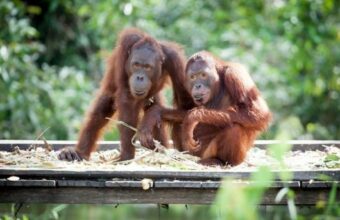The Best Time To See Orangutans in Borneo
When to see orangutans in Borneo and Sumatra
Quick guide: Best times to see orangutans in Borneo
Best months: May-June
Peak tourism season: July & August
Best weather: March-July
Worst weather: January
Sitting astride the equator, Borneo has a warm, tropical climate. Although it is broadly possible to separate Borneo’s climate into the usual two seasons for the region — wet and dry — weather conditions are often very localised and extremely difficult to predict.
Even in the dry season, it is better to prepare for the odd downpour rather than assuming it will stay dry.
Unusually for South East Asia, the dry season in Borneo runs from March to October, and the heaviest rainfall is in December and January, although the far north is at its driest in February and March. Kinabalu National Park is considerably cooler than its surrounding lowlands so make sure to pack layers to keep warm, especially in the evening.
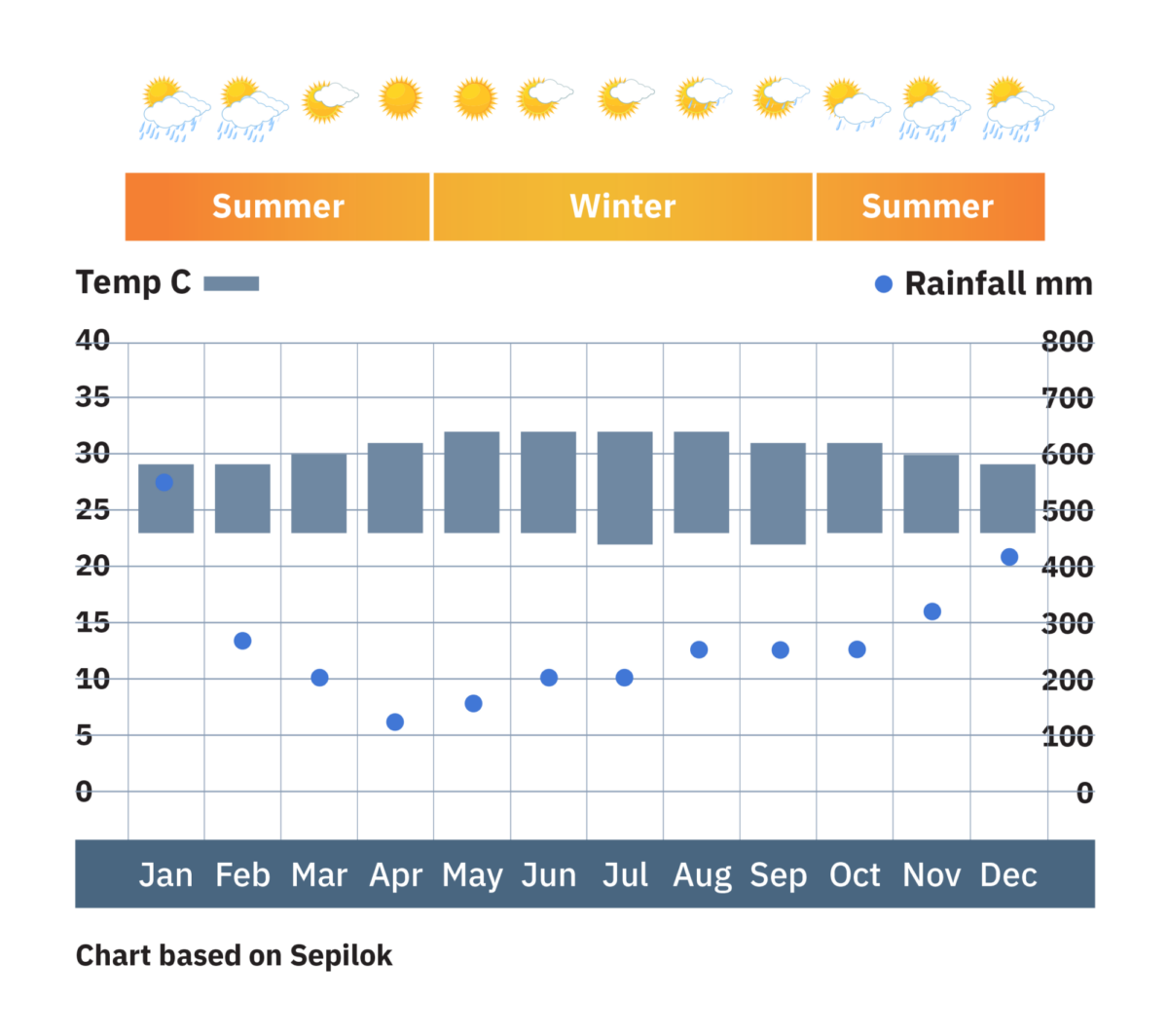
Climate and seasons for Sepilok
Featured Trips
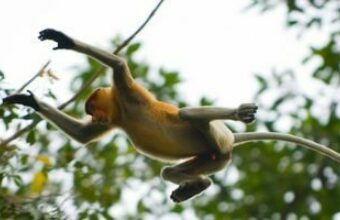
Borneo Adventure Tours
Guided wildlife tours to the rainforests of Borneo
8 – 20 days £883 – £3,514 pp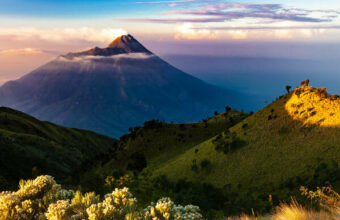
When to see orangutans in Borneo
Weather, seasons and conditions
Orangutans are non-migratory and generally speaking you can see wild orangutans at any time of year. Your main consideration will be the weather conditions and flight prices.
Orangutan behaviour
While visiting rehabilitation centres guarantees you will see some orangutans, the real appeal for many visitors is to spot them in the wild.
Centres like Sepilok operate feeding platforms in the reserves where they put out food daily for their released orangutans to return to. This is a great way to see semi-wild orangutans, although it is not guaranteed. During the fruiting season, June to August, there is an abundance of available food in the forests meaning orangutans are less likely to return to the platforms.
Although, this means they will be more active in the wild as they forage for food, with optimal viewing being throughout April to August.
The climate in Borneo
January is best avoided in Borneo, as heavy rains fall over the majority of the country and most wildlife will hide away in the dense jungle. February brings drier weather in the north of the country, so head to Gaya Island or plan a trek up Kinabalu, taking advantage of the low season offers. March and April offer more dry weather, as well as the start of whale shark season for divers, which runs until May.
June, July and August are peak season on the island, with the best weather conditions but the biggest crowds and highest prices. The wildlife is very active at this point in the year – the summer months are a perfect time to see the famous orangutans and turtles native to Borneo. It is also the best time of year for diving, with excellent visibility of up to 40m on calm days. Baby turtles hatch on Turtle Island in August.
September marks the end of high season and while the weather is not as reliable, the crowds thin and there is still a good chance of sunshine in the majority of the island. Head away from the coast and travel inland to the Danum Valley and Kinabatangan River. October is similar to September but brings more frequent rain, which really takes hold in November and December. This is Borneo’s low season and can be a good time to take advantage of cheaper prices.
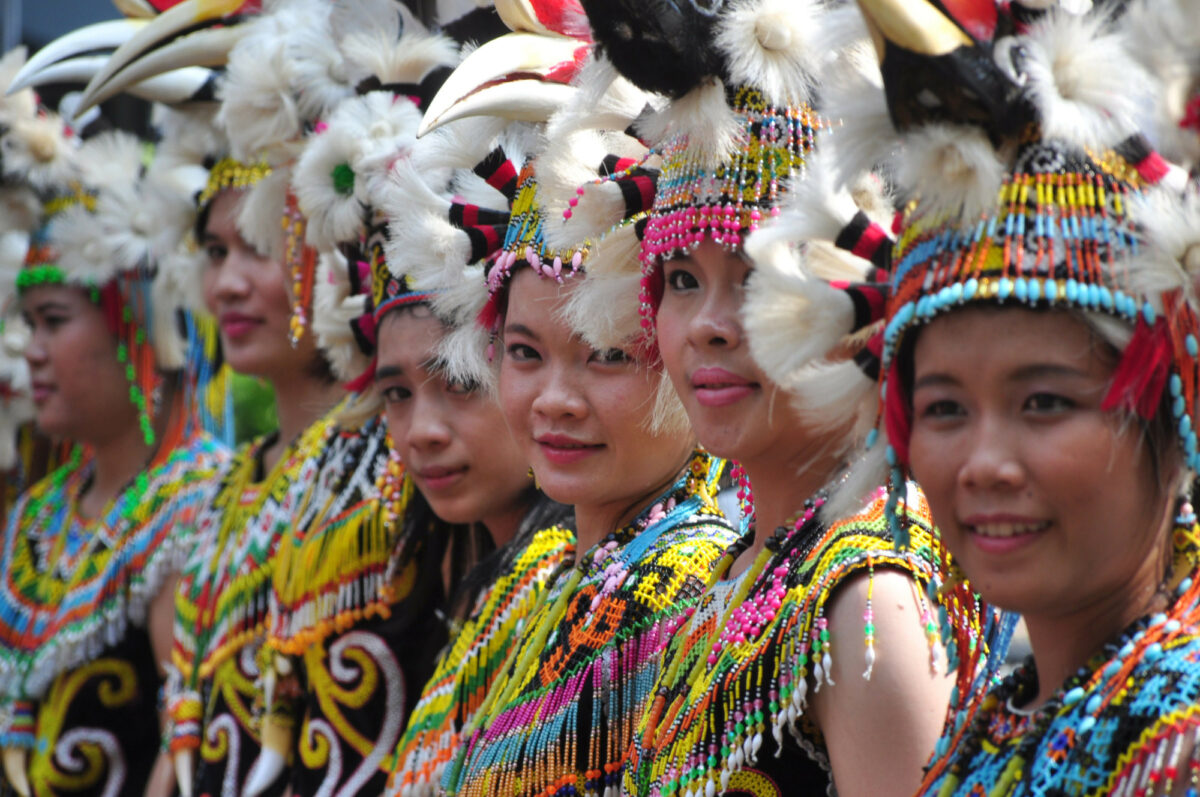
Gaway Dayak Festival in Kalimantan
Events and festivals
The heavy rains mean that the beginning of the year is quiet on the festival front, although Chinese New Year is celebrated at the end of January or start of February.
The majority of Borneo’s festivals fall in the dry season. May brings the Miri Jazz Festival to northern Sarawak, where world-famous musicians entertain the crowds, whatever the weather. The festival only allows a very small number of tickets to be purchased at the gate, so make sure to buy yours online before you go to save disappointment.
The end of May is Borneo’s Harvest Festival called Gawai Dayak. It is a national holiday in Sarawak. Beginning at sundown on May 31st, the celebrations include wearing traditional dress, sharing of food, music and even a ritual sacrifice of a chicken.
The middle of the dry season is also the high point for festival season. Head to Kuching for the Rainforest Music festival in July, where musicians from all over the world perform at this three-day festival – one of the biggest in Asia. Despite the dry season date, it is likely to be as muddy as anything Glastonbury can offer. If the mud puts you off, instead head for Sibiu, where the Borneo Cultural Festival draws 20,000 visitors each July to marvel at Borneo’s indigenous music, art and culture.
As the festival season draws to a close, don’t miss the Borneo International Kite Festival in Bintulu where teams fly complex kites over Bintulu airfield. Held in September, this festival includes cultural performances and authentic Malaysian food, making for some excellent photography opportunities. For something more cultural, visit Tenggarong in East Kalimantan for Erau, one of Indonesia’s oldest festivals. Held since the 16th century, Erau celebrates the region’s Dayak people with music, traditional dance and sporting events.





